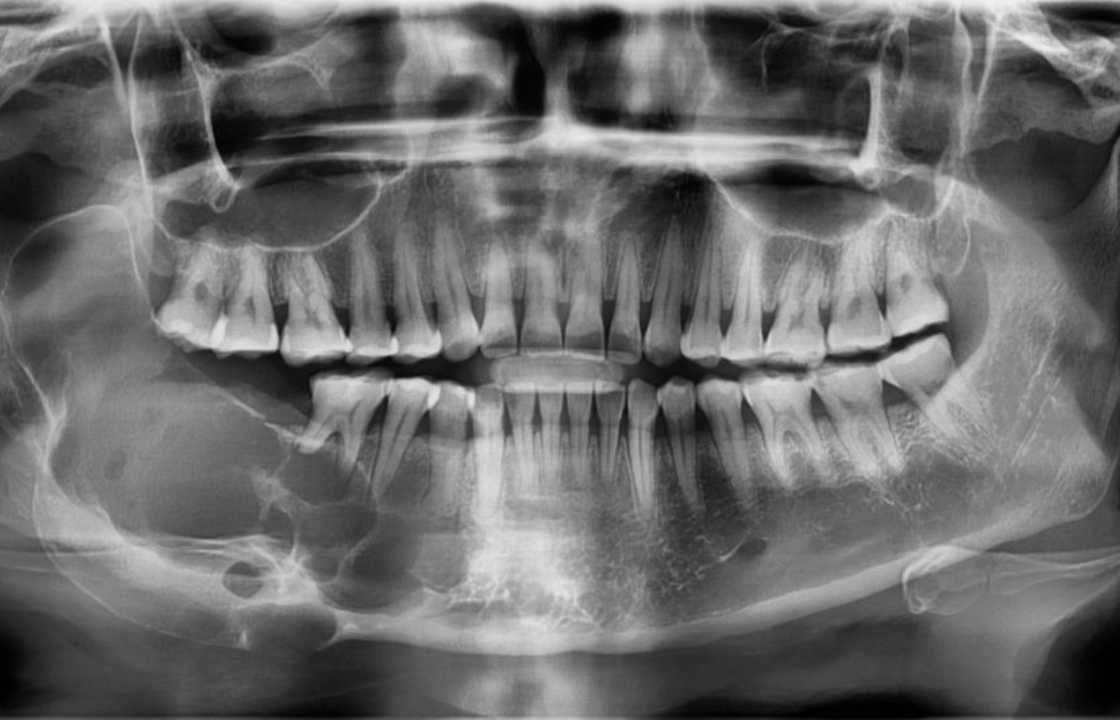Cancer, Insight, Medical Care
Jaw Tumors and Cysts
Jaw tumors and cysts, although relatively uncommon, form a diverse spectrum of growths and lesions that manifest within the intricate anatomy of the jawbone and soft tissues of the mouth and face. These anomalies, categorized as either odontogenic or nonodontogenic based on their origin, exhibit a broad range of sizes and levels of severity, posing unique challenges to healthcare providers and specialists in the field. While generally benign, these growths possess a notable potential for aggression, often resulting in the expansion, displacement, or destruction of surrounding bone, tissues, and even teeth.
The Complex Landscape of Jaw Tumors and Cysts
Mayo Clinic, a reputable bastion of medical knowledge, underscores the intricate variability inherent in these growths. Their insights emphasize the imperative for customized treatment approaches, taking into account the type, stage, and symptoms of the specific lesion. The forefront of addressing these issues lies in the hands of oral and maxillofacial surgeons, who employ a diverse array of interventions, ranging from intricate surgical procedures to a combination of surgical and medical therapies.
Examining Noteworthy Examples
Jaw tumors and cysts encompass a myriad of conditions, each characterized by its distinctive features. Among the notable examples are:
1. Ameloblastoma: A rare benign tumor originating in enamel-forming cells on teeth, predominantly found near molars. While generally noncancerous, aggressive forms can lead to sizable tumors, emphasizing the crucial role of comprehensive surgical treatment.
2. Central Giant Cell Granuloma: Benign lesions arising from bone cells, primarily affecting the front part of the lower jaw. Depending on the type, these lesions may exhibit rapid growth, causing pain, bone destruction, and the potential for recurrence after surgery.
3. Dentigerous Cyst: Originating from tissues surrounding an unerupted tooth, often observed around wisdom teeth. This common jaw cyst can also affect other teeth, underscoring the significance of early detection and intervention.
4. Odontogenic Keratocyst: Noted for its tumor-like recurrence post-surgical treatment, this slow-growing cyst can be destructive if left untreated, particularly in the lower jaw near third molars.
5. Odontogenic Myxoma: A rare, benign tumor displaying slow growth but aggressive invasion into the jaw and surrounding tissues. Surgical treatment is common, with a tendency for recurrence mitigated by more aggressive surgical approaches.
6. Odontoma: The most prevalent odontogenic tumor, often asymptomatic but potentially impacting tooth development or eruption. Comprising dental tissue, it may resemble an oddly shaped tooth or present as a calcified tumor.
7. Other Varieties: The landscape extends to include a multitude of other cysts and tumors, such as adenomatoid odontogenic tumor, calcifying epithelial odontogenic tumor, glandular odontogenic cyst, squamous odontogenic tumor, calcifying odontogenic cyst, cementoblastoma, aneurysmal bone cyst, ossifying fibroma, and central odontogenic fibroma.
Prompt Medical Attention
Identification of symptoms or concerns related to jaw tumors and cysts necessitates prompt consultation with a primary care provider or dentist. Even in cases where these growths remain asymptomatic, routine screening X-rays can often unveil their presence. Early diagnosis is paramount, facilitating timely referrals to specialists for thorough diagnosis and the development of personalized treatment plans.
Unraveling the Causes
The origin of odontogenic jaw tumors and cysts lies in cells and tissues involved in normal tooth development. Some tumors, however, are nonodontogenic, arising from tissues unrelated to teeth, such as bone or soft tissues within the jaws. Despite extensive research, the exact causes remain elusive, though some are linked to genetic mutations or syndromes. Notably, nevoid basal cell carcinoma syndrome, or Gorlin-Goltz syndrome, exemplifies the impact of inherited genetic mutations, resulting in the development of multiple odontogenic keratocysts and basal cell skin cancers within the jaws.
The Diagnostic Journey
For individuals with suspected jaw tumors or cysts, a comprehensive diagnostic approach is imperative. This includes the utilization of imaging studies like X-rays, CT scans, or MRI to visualize the growth and its extent. Additionally, a biopsy may be conducted to analyze tissue samples for laboratory insights, aiding in precise diagnosis and informing a tailored treatment plan.
Mayo Clinic’s Patient-Centric Approach
Mayo Clinic, globally acclaimed for its commitment to healthcare excellence, underscores a team-based approach in addressing jaw tumors and cysts. Experts from diverse specialties collaborate to provide personalized care, ensuring that treatment aligns with the type, growth stage, and individual preferences of the patient.
Navigating the Treatment Landscape
Tailoring treatment plans to the specific characteristics of jaw tumors and cysts is paramount. Surgical interventions dominate the landscape, involving the meticulous removal of the growth, adjacent teeth, tissues, and even sections of the jawbone. Reconstruction of the jawbone or other affected structures may be necessary. In certain instances, medical therapy or a combination of surgical and medical approaches may be recommended for optimal outcomes.
Post-Treatment Care
Long-term follow-up exams play a pivotal role in monitoring any recurrence of jaw tumors and cysts. The detection and timely intervention of any signs of recurrence are essential. Supportive care, encompassing nutrition guidance, speech and swallowing assistance, and solutions for missing teeth, contributes significantly to maintaining the overall quality of life for patients.
In Conclusion
The realm of jaw tumors and cysts is intricate, demanding a nuanced understanding of each condition’s nuances for effective diagnosis and treatment. Mayo Clinic’s unwavering dedication to patient-centric care, coupled with its multidisciplinary expertise, positions it as a reliable resource in navigating the complexities of these conditions. By unraveling the intricacies of jaw tumors and cysts, we empower individuals to seek timely and informed medical attention, fostering better outcomes and an improved quality of life in the face of these challenging conditions.

